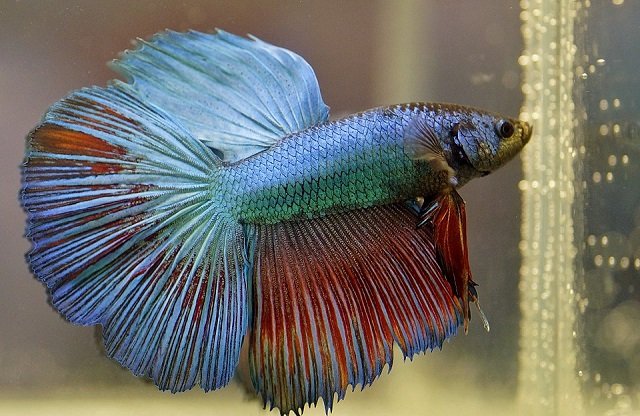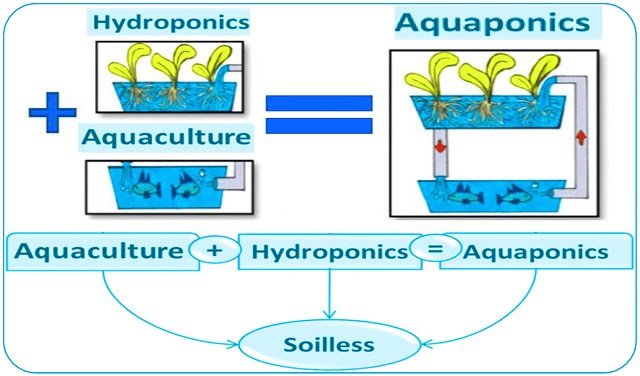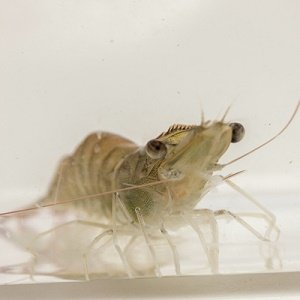
The aquaculture industry plays an increasingly important role in meeting the growing global demand for seafood. However, the growth of fed aquaculture largely depends on inputs such as fishmeal and fish oil (FMFO). Knowing the origin and production of these ingredients is fundamental to understanding and improving the sustainability of the sector.
Recently, research led by researchers from The University of British Columbia and the University of Pretoria shed light on the spatial distribution of factories that produce FMFO globally, offering essential data for producers, regulators, and researchers.
For a long time, detailed information about the location of FMFO processing plants has been difficult to obtain publicly. This lack of transparency limits the ability to assess localized and regional impacts, both environmental and social. The new study published in the journal Science Advances compiled and presented in an open database the location of 506 factories operated by 413 companies in 63 countries.
The Methodology Behind the Map
How did they manage to map this global industry? The researchers relied heavily on publicly available information. They compiled names of FMFO producing companies through national databases, membership lists of industry associations such as IFFO and MarinTrust, scientific and grey literature, and online business directories. Translation efforts were made to include information from non-English sources.
Once the companies were identified, their websites were searched for the locations of their production plants. When a website was not found or information was scarce, Google Maps searches were used. To verify the locations, Google Maps satellite images were used, looking for factory buildings, warehouses, and cylindrical tanks, often located in industrial and coastal areas. Confidence in the location was categorized into four types of data, from satellite image verified to only knowing the country of operation.
In addition to the location, information on the raw materials used was collected: whole fish or by-products. FMFO production data by country for the year 2022, provided by IFFO, were key to focusing the search on the main producing countries and analyzing the relationship between fishmeal and fish oil production.
Key Findings: Distribution, Raw Materials, and Production
The study identified 506 factories in 63 countries. Peru leads the list with the highest number of factories (125), followed by Mauritania (42) and Chile (33). Notably, the availability of published lists from national fisheries departments, such as in Peru and Mauritania, greatly facilitated data collection.
Regarding raw materials, information was obtained for 75% of the factories. Contrary to what might be expected, by-products were the most common single source (49%), while whole fish constituted the main source for 37% of the factories. 14% used both. By-products mainly came from capture fishery waste, but also from aquaculture. When whole fish is used, 60% of companies relied on small pelagics. It is important to note that these results are based on the number of factories and not on the quantity of production, as the latter information is limited.
Stay Always Informed
Join our communities to instantly receive the most important news, reports, and analysis from the aquaculture industry.
An interesting finding is that the number of factories in a given country does not necessarily indicate its volume of FMFO production. European countries such as Norway, Denmark, and Ireland have fewer factories but achieve high production levels, possibly due to differences in technology and capacity.
The study also revealed high variability in the ratio of fishmeal to fish oil production among countries. This could be due to differences in costs and equipment used for oil production, the lipid content of raw materials (some species are richer in oil), and even environmental conditions that influence the fatty acid content in fish.
Finally, when comparing the location of factories with fed aquaculture production by country, the study found that countries with the highest fed aquaculture production, such as China, Norway, and Indonesia, are not always the ones with the largest number of FMFO factories or the highest FMFO production volumes. China, the largest producer of fed aquaculture, ranked fourth in FMFO production, Norway eighth, and Indonesia 23rd.
Implications for Aquaculture and Sustainability
The findings of this study have important implications for the aquaculture industry and marine resource management. Knowing where the factories are located allows for the identification of key points where localized environmental impacts, such as air and water pollution, are concentrated, facilitating specific mitigation strategies.
The use of fishery by-products for FMFO production, when managed transparently and regulated, can be an efficient waste management strategy and promote the circular economy. However, it is crucial to prevent this from incentivizing unsustainable fishing practices. The use of whole fish for FMFO, on the other hand, raises concerns, especially when these are species important for local food security.
The variability in FMFO production and the raw materials used underscores the need for policies tailored to local contexts. Policymakers must consider how factory operations affect coastal communities, local fishers, processors, and consumers, as well as the surrounding environment.
The study highlights the need for greater transparency in the FMFO industry. Producing countries are urged to officially report on the precise location of factories, year of operation, processed species (including quantities and whether whole fish or by-products are used), total FMFO production by species, conversion rates, certifications obtained, and regulatory compliance. Initiatives like the Fisheries Transparency Initiative (FiTI) can provide guidance on reporting and transparency frameworks.
Conclusion
This spatial analysis of fishmeal and fish oil factories worldwide, based on data collected from various sources, provides a fundamental basis for understanding the distribution of this vital industry for aquaculture. The findings on the concentration of factories, the use of raw materials, and the disparity between the number of factories and FMFO production by country are crucial for informing the development of more effective policies and ensuring more sustainable, responsible, and equitable FMFO production and use throughout the supply chain.
As aquaculture continues to grow, transparency and proper management of the FMFO industry will be essential to minimize negative impacts and maximize benefits for people and the planet.
Reference (open access)
Shea, L. A., C. Wabnitz, C. C., L. Cheung, W. W., Pauly, D., & Sumaila, U. R. (2025). Spatial distribution of fishmeal and fish oil factories around the globe. Science Advances. https://doi.org/adr6921
Editor at the digital magazine AquaHoy. He holds a degree in Aquaculture Biology from the National University of Santa (UNS) and a Master’s degree in Science and Innovation Management from the Polytechnic University of Valencia, with postgraduate diplomas in Business Innovation and Innovation Management. He possesses extensive experience in the aquaculture and fisheries sector, having led the Fisheries Innovation Unit of the National Program for Innovation in Fisheries and Aquaculture (PNIPA). He has served as a senior consultant in technology watch, an innovation project formulator and advisor, and a lecturer at UNS. He is a member of the Peruvian College of Biologists and was recognized by the World Aquaculture Society (WAS) in 2016 for his contribution to aquaculture.




